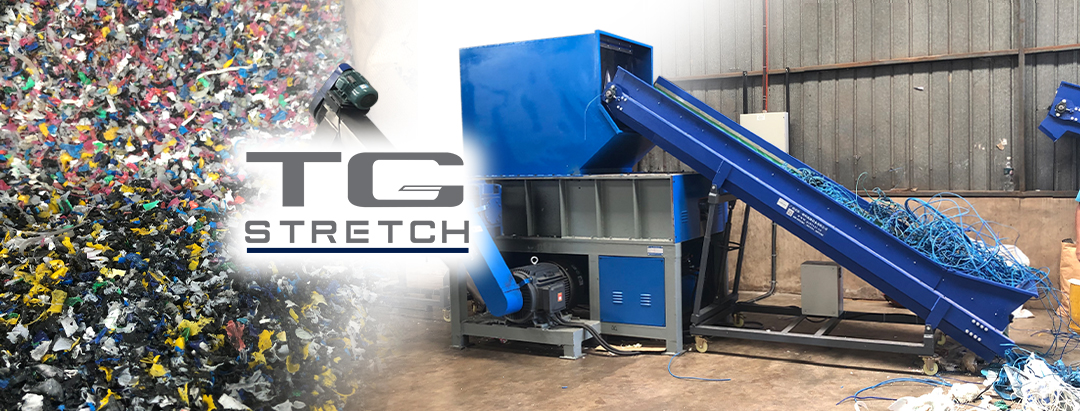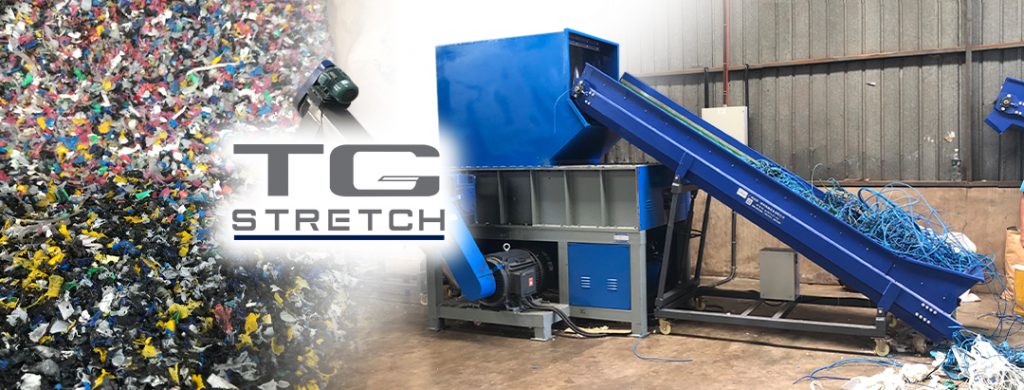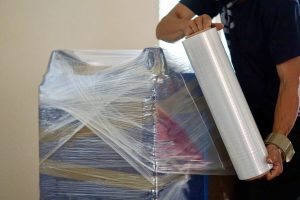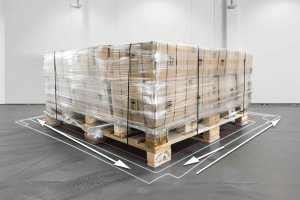

Retaining the quality of films with recycled materials is possible.
However, the perceptions of recycled packaging films remain misconstrued. At least some of which impacts your decision to get on the sustainability bandwagon.
For instance, the common misconception that recycled films equal cheap has brought many to reconsider when they are not.
The term cheap here has two connotations—reasonable in price and inferior in quality. The latter has already been addressed in our previous article on Recycled Plastics Series #2: Our Obsessions with Plastic Mechanical Properties.
So, let’s talk about the various reasons why recycling your films doesn’t come cheap—in the context of managing the multiple challenges that come with handling recycled materials.
Recycled Plastic Chain
To begin, here’s a simplified process flow of channelling recycled materials into our production.

The plastics that enter the production chain are processed into resins before being used to manufacture our #LoopClosers—TG’s proud range of recycled materials bags and films.
Cast stretch film production challenges with recycled materials
Handling of recycled materials requires additional attention and care.
There are two areas we take particular note of when producing films with recycled materials.
1. Clean Waste is a Necessity for Smooth Production
Dirt, dust or unwanted particles in recycled plastics wastes are inevitable.
These particles cause gel build-up that may be the cause of film breaks.
The breaks may happen during film production or applications, both of which implies line down.
However, in film productions, there is another reason why it is important to us.
Filters are used during extrusion to ensure unmelted resins or unwanted particles do not enter the die.
Despite scheduled filtering changes, we will still end up with more filter changes than usual with recycled resins due to constant clogging.
Unscheduled filter change means more downtime and resources required to ensure the filters are doing their job to ensure that as few particles as possible go into the extrusion die.
That is why we make it a point to ensure the post-industrial or post-consumer plastic wastes we collect are in optimally clean condition.
2. Grading & Segregation of Waste for Consistent Extrusion
Consistency is critical in recycled film production.
Without consistency, the quality of the films are impacted—tear, puncture,
We use the melt index (MI) grading system to achieve the highest possible quality film that rivals virgin material with no contamination.
Therefore, all our recycled materials are carefully segregated into three MI grades.
The heating temperature settings are preset during production. If the mixed resins have different melting points, the heating temperature becomes unreasonable, leading to flow instability.
This means, the flow pattern of the melt in the die runner distributes uneven longitudinal thickness, which impacts the gauge and width of the films extruded.
This dramatically impacts the quality of the film with inconsistent stiffness.
As such, careful grade segregation of the post wastes is essential.
This will ensure no flow rate difference that will impact the extrusion, directly affecting production, film quality, and applications.
Blown Film production challenges with recycled materials
When it comes to blown-film extrusion, we have different challenges and risks to manage or mitigate. Here are some of the elements of the blown film we pay particular attention to.
1. Thickness Profile Stability (Bubbles)
Bubble instability is an issue in blown film production. It potentially leads to fluctuating film gauge and width, which are prone to scratches and tears.
As such, we need to ensure a consistent Blow-Up Ratio (BUR), or rather the bubble/die diameter, to control the potential risks of bubble instability.
Particularly those with recycled materials are prone to the instability of thickness profile.
2. Regular Pressure Trends
Flow instabilities will limit production rate and quality. As such, the die pressure requires regulation. Rigorous testing under standard temperature and pressure conditions are critical to ensure recycled materials in the blown film do not disrupt the flow.
3. Size and rolls consistency
Customers will want rolls of film of the right shape, proper width, diameter and length—the right consistency with no blemishes or visual defects too.
As such, we ensure our film edge removal system works consistently before the film rewinds into a roll.
Combined with suitable thickness and width control, the length and weight of the final roll remain perfectly the same even after 100 sequences—where consistency is vital.
4. Improved printability for standard PCR
Printability is another area we have to look into. With PCR content, the films may require additional attention on printability. This is where adjustments of formulas are necessary.
Once again, consistency is critical throughout the entire production cycle. Coupled with repeatability, the quality of our products in meeting customer’s requirements is sustained.
Extra: Recycled Materials in Food Packaging
The challenge of using recycled plastics in food packaging is related to the demanding safety issues for food contact materials. Which is proper, we believe, deserves an entire article write-up about.
Briefly, a study on risk assessment was carried out. Where migration tests were conducted on multilayers PE films constructed of virgin outer layers and a mid-layer of recycled flexible PE material
The conclusions of the study show that and briefly translated to
“Overall migration values for all temperatures were from < 2 mg/dm2 at lowest and 5.6 ± 0.1 mg/dm2 at the highest temperature, thus well below the overall migration limit (OML) of 10 mg/dm2.”
Temperature does affect the migration risks. However, positively, they are lower than the OML defined in legislation.
“Optical properties of the reference samples were significantly different in appearance and on [the] cross-section for samples with recycled materials R1 compared to recycled material R2 which caused only slight changes in the appearance of both reference films.”
Appearance-wise, as this matters highly in the food industry, only slight differences in appearance. Supposedly, good news for opting for a greener route for the future.
In conclusion, this is a relatively positive test to give food industry brand owners a better understanding of the risk vs benefits of recycled materials in food packaging.
“This research presents a valuable study on migration from recycled flexible PE films and use of recycled materials in food packaging applications. Use of virgin materials as outer layers in combination with commercially available recycled material can increase the use of recycled materials in packaging as well as reduce the total amount of flexible plastic solid waste.”
(source: https://www.sciencedirect.com/science/article/pii/S0959652620309239)
The Bottom Line
These challenges don’t come cheap to overcome. So a better way to look at the return for investing in recycled films is to focus on the values it brings.
Such as,
- Are they contributing to your sustainability traction?
- Can it take you one step closer to achieving your sustainability goals?
- Are they protecting your goods as well as virgin materials?
- Are they driving down your overall costs from end-to-end of your supply chain?
- Can it bring up your brand score through sustainability?
- Can the efforts create a more sustainable and thriving business?
As with all innovation, we know that the first step is always the most difficult—from challenges to cost of investments, talents, capacity and more.
As our GM, David Ang says
“Innovation for innovation’s sake doesn’t always work. We must always carefully research and test everything and prove why something new is effective.”
And that requires an open mind and ample resources. For the case of recycled films and closing the loop, it is well worth it.
When all stakeholders of the entire supply chain focus on making closing the loop an everyday culture, we hope it will drive the costs of recycling down.
If you wish to share your thoughts regarding recycled films challenges or related topics, please email us at info@thongguan.com.
This article is part of the #RecycledPlasticsSeries. You may access all the articles under this series by searching for #RecycledPlasticsSeries.




